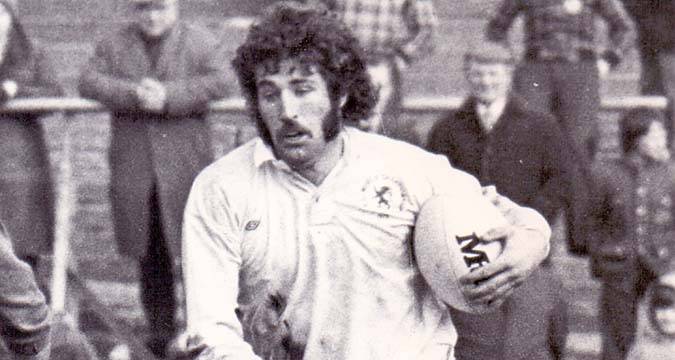 The Englishman who shone in Oz
This is the second in a two-part feature.
In the first part, John Gray told us about the early days of his Rugby League career, after switching codes from Coventry RUFC.
This week he tells us about the 1974 Lions tour to Australia, his career in Australia with North Sydney and Manly and a domestic accident th
The Englishman who shone in Oz
This is the second in a two-part feature.
In the first part, John Gray told us about the early days of his Rugby League career, after switching codes from Coventry RUFC.
This week he tells us about the 1974 Lions tour to Australia, his career in Australia with North Sydney and Manly and a domestic accident th Rugby League Heroes: John Gray (Part two)
 The Englishman who shone in Oz
This is the second in a two-part feature.
In the first part, John Gray told us about the early days of his Rugby League career, after switching codes from Coventry RUFC.
This week he tells us about the 1974 Lions tour to Australia, his career in Australia with North Sydney and Manly and a domestic accident th
The Englishman who shone in Oz
This is the second in a two-part feature.
In the first part, John Gray told us about the early days of his Rugby League career, after switching codes from Coventry RUFC.
This week he tells us about the 1974 Lions tour to Australia, his career in Australia with North Sydney and Manly and a domestic accident th 